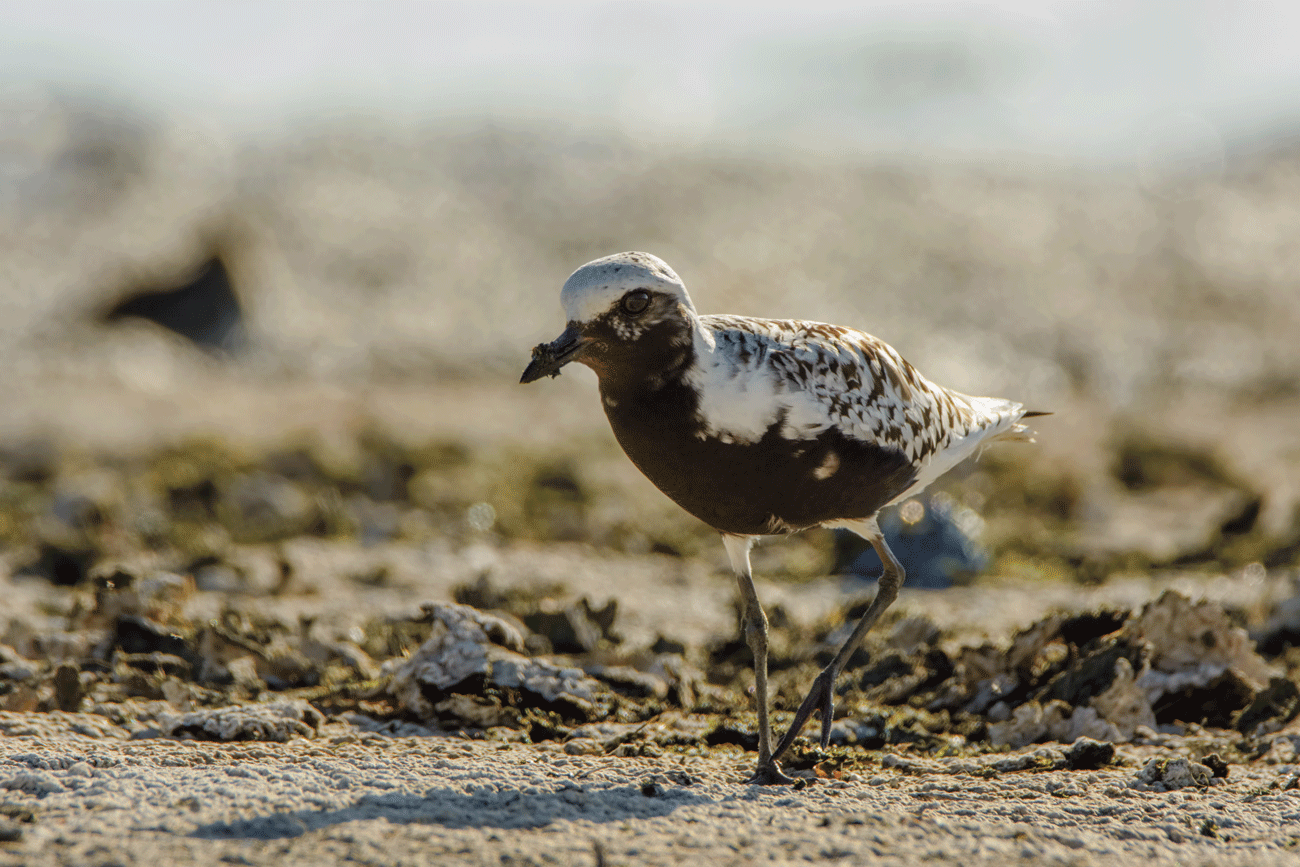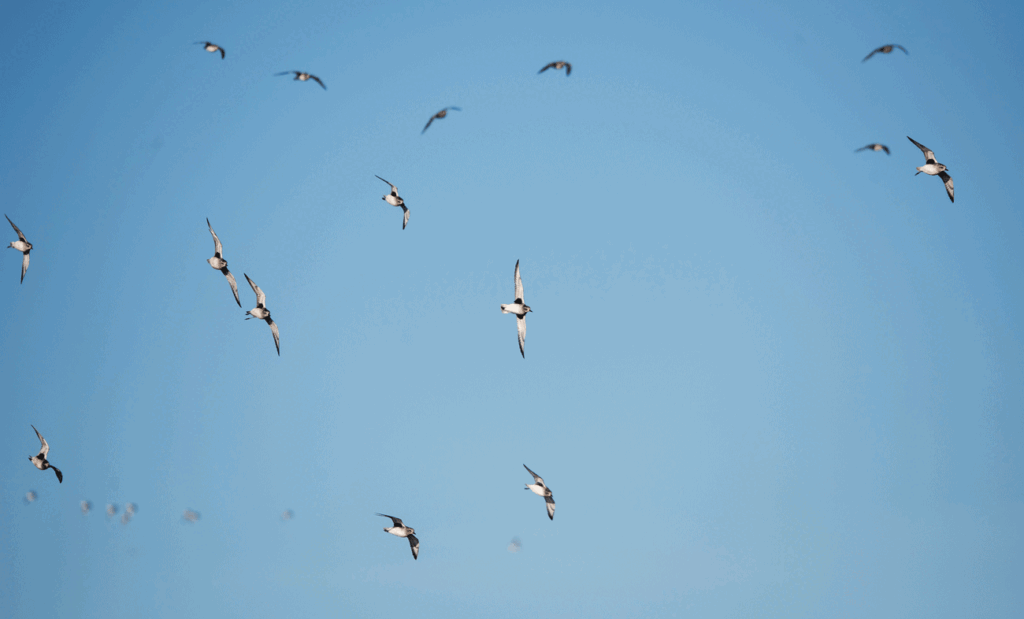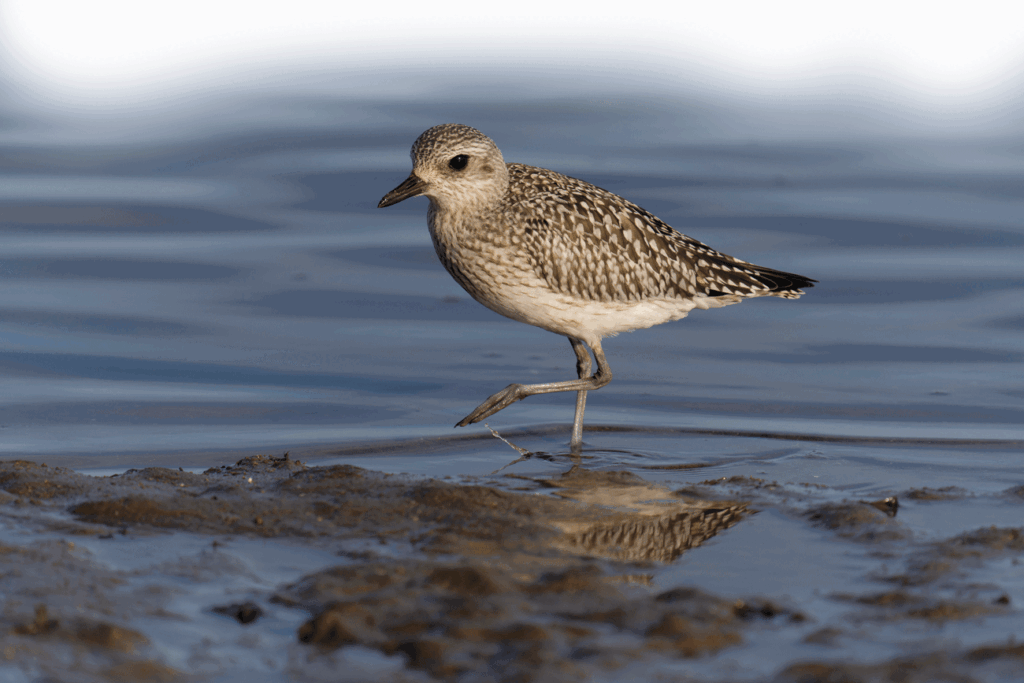
Those extremely rare local visitors with the ‘golden spectacles’ I wrote about last month – the pair of smart Little Ringed Plovers – ended up staying longer than anyone expected.
You may remember I could only discover one in the same field the next day, and not subsequently. But as it turned out I re-found them, and they were surely the same birds, on a neighbouring farm a week later.
What’s more there were not just two. I was pleasantly surprised to find four, each typically taking a few steps before stopping and feeding alongside another muddy puddle.
As I write they have been with us well into their third week but I fear the chances of them successfully breeding for probably the first time in Cranleigh are slim as the water edges they love succumb to summer and crops take over.
That was just a quick catch up on the ‘LRPs’ because I know these birds have attracted a lot of local interest.
Anyway, as I mentioned in my May Crane Spotter column, it was a very good job I did return to see if they had stayed into a second day because if I hadn’t then I would never have made an even more exciting discovery.

With all the rain, the original field was now turning into something more resembling an RSPB marsh and there among the Lapwings I was stunned to find a third species of plover. This bird has not been recorded in the Cranleigh area before so I was well chuffed.
I arrived mid-morning that late March day and, while scanning the partially flooded field featuring over 600 Rooks, Crows, Jackdaws, Wood Pigeons and five species of Gulls, a greyish bird immediately stood out from the crowd.
‘Can’t be!’ I muttered. But it was. A Grey Plover! This plump coastal bird with longish legs for wading, large head and a thick black bill can be found on southern countries’ shores around the world but it rarely stops off inland.
I quickly checked to see if it was a loner and was delighted to find a second bird just like it a few feet away. Presumably this pair were on migration having spent the winter on some southern country’s shores. One did a quick wing stretch to reveal its diagnostic black ‘armpits’.
Luckily for me they had probably been forced down by the harsh weather conditions overnight while on their journey to breed beyond the tree limit on the Arctic tundra.
They were about the length of a Blackbird but were well equipped with much longer, pointed wings – ideal for such a high-flying species that can do 52 miles per hour and keep going for as far as 4,000 miles without stopping.

The Grey Plover is the Eeyore of the bird world, giving a ‘eee-you-wee’ call that sounds as if it is really fed up with all the mud it must feed in.
Given the circumstances of their interrupted flight I would not have been surprised if they had given a few blasts of dissatisfaction to show their annoyance, but they stayed quiet.
This was probably a wise choice because a juvenile female Peregrine was casing the joint and would have fancied a more unusual meal than the regular fare on offer.
The plovers’ large black eyes spotted the falcon long before I did. They froze and hunkered down each time it circled near, although the Lapwings had some strength in numbers and rose noisily to perform figure of eight aerobatics in a bid to scare the intruder away.
I enjoyed excellent views and tried to dismiss greedy thoughts of ‘what a pity they weren’t in their Pharaoh-style summer plumage.’
The grey would then have given way to dapper golden, white and black spangled upperparts, black faces, breast and belly, and a white ‘scarf’ draped around the crown and sides.
In the afternoon they moved to the adjacent ‘LRP’ field but were eventually spooked by the Peregrine and not located again.











